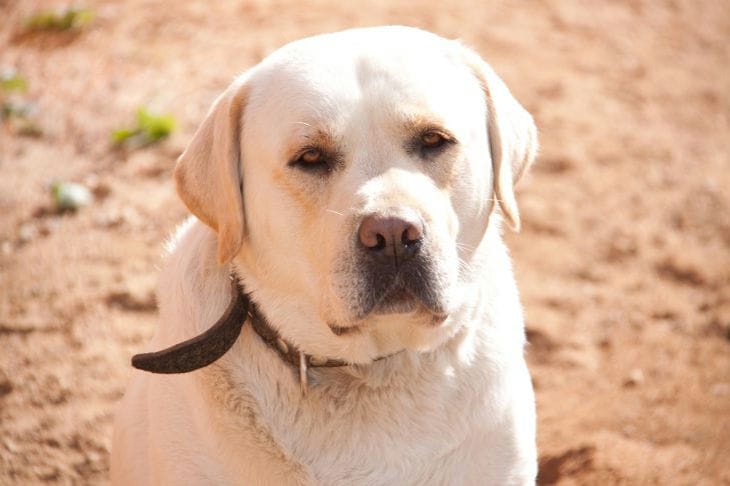Many dog owners like to express their love and affection through hugs.
However, dogs' reactions to such gestures can be ambiguous.
Unlike humans, for whom hugs are a natural expression of closeness, dogs perceive them differently.
Understanding dog body language will help us better interact with our pets and avoid misunderstandings.
Hugs as a Threat: Instincts vs. Affection
For a dog, a hug can be perceived as a restriction of freedom and even a threat. In the wild, laying paws on another animal is often a sign of dominance or aggression. Therefore, when a person hugs a dog, it can experience stress and discomfort.

Signs of Stress in Dogs: Signals to Look Out For
There are a number of signs that indicate that a dog is experiencing stress during a hug:
Licking lips
- Looking away
- Yawns
- Pressed ears
- Tail tucked
- Tense posture
If you notice any of these signs in your dog, it's best to avoid hugging and find other ways to show love and affection.
Alternative Ways to Show Love: Language Your Dog Can Understand
There are many other ways to express your love to your dog that will be pleasant and understandable to him:
- Stroking the head and back
- Itching behind the ears
- Game
- Joint walks
- Treats
These actions will strengthen your bond with your pet and help him feel comfortable and safe.
Individual characteristics: each dog is unique
It is important to remember that every dog has an individual personality and may respond differently to hugs.
Some dogs may tolerate hugs from familiar people, while others will become uncomfortable with any attempt to hug them.
Observation and respect: keys to harmonious relationships
By paying close attention to your dog's body language, you can better understand his feelings and preferences. Respecting his personal space and avoiding actions that cause him stress are the keys to a harmonious and trusting relationship with your pet.
Earlier we wrote about why cats stare at people.








